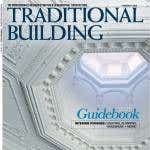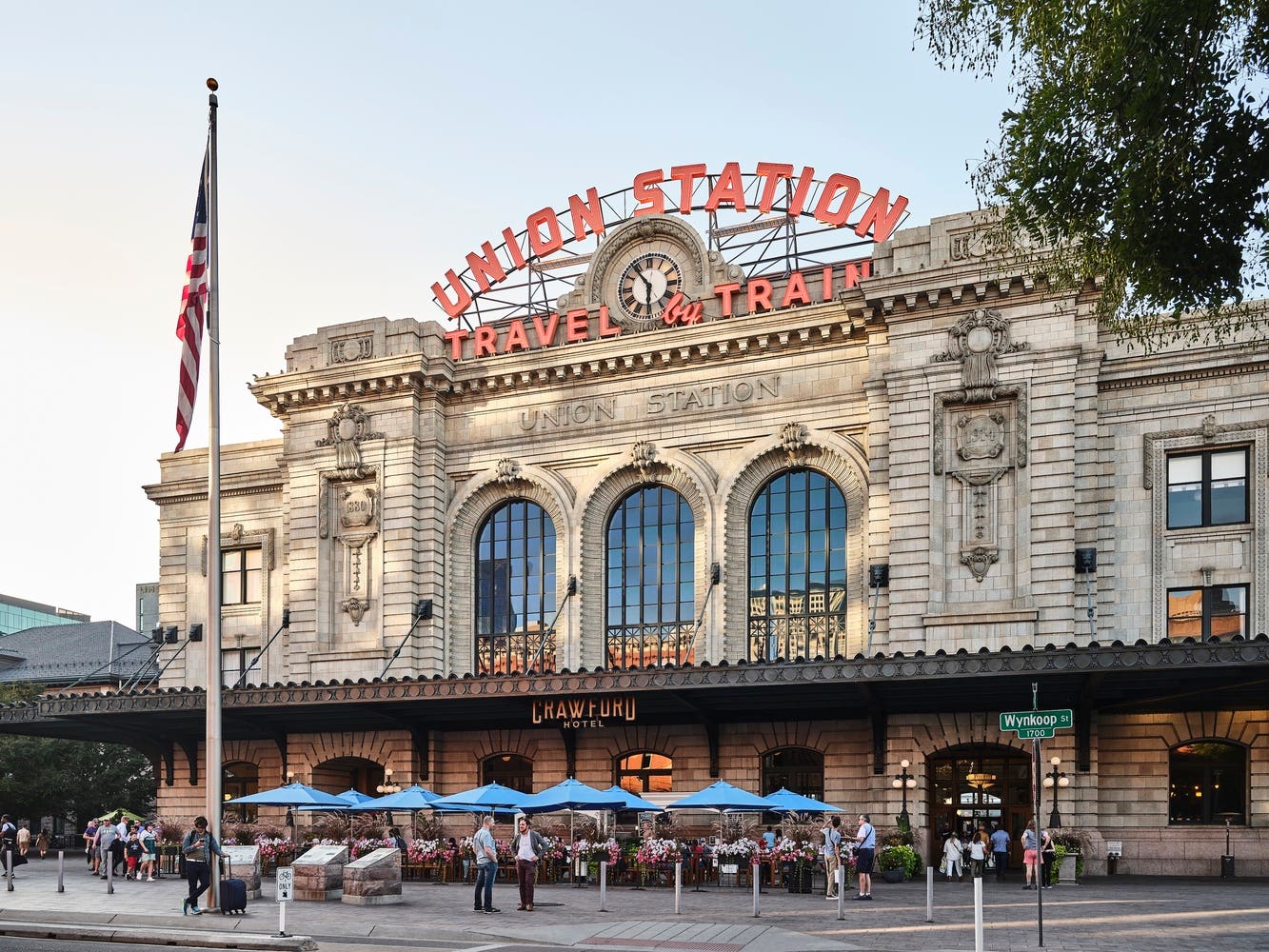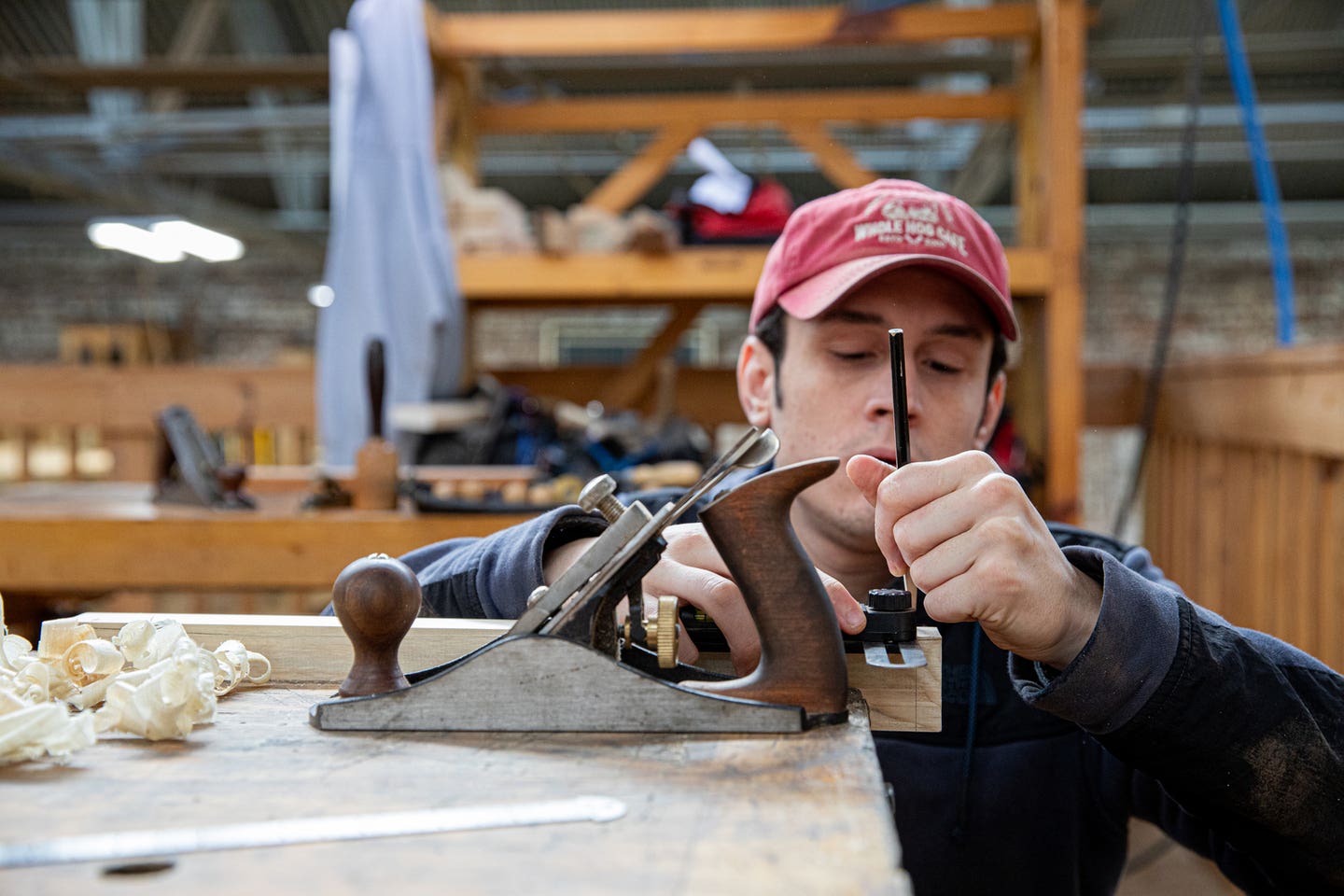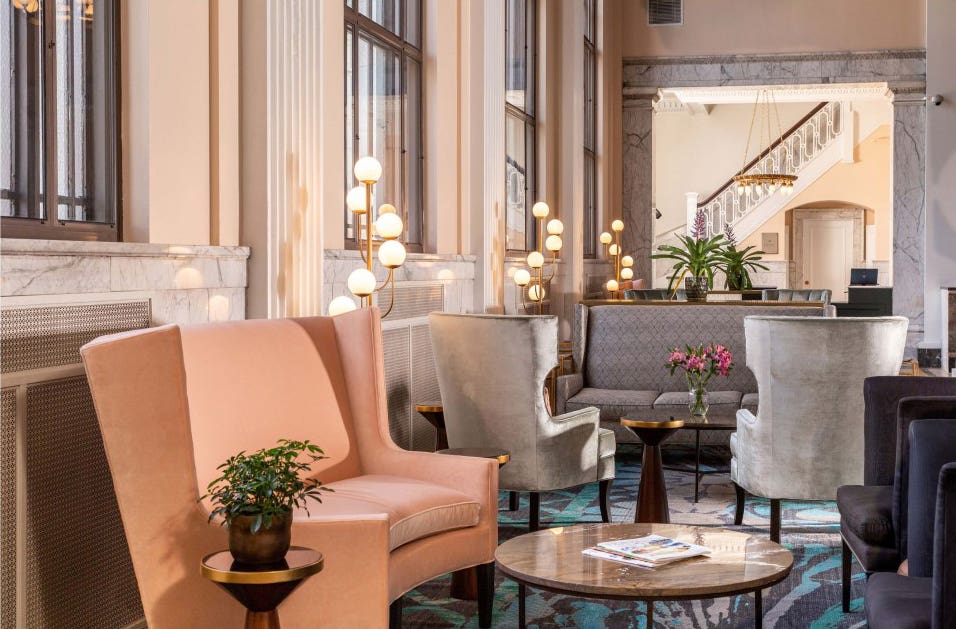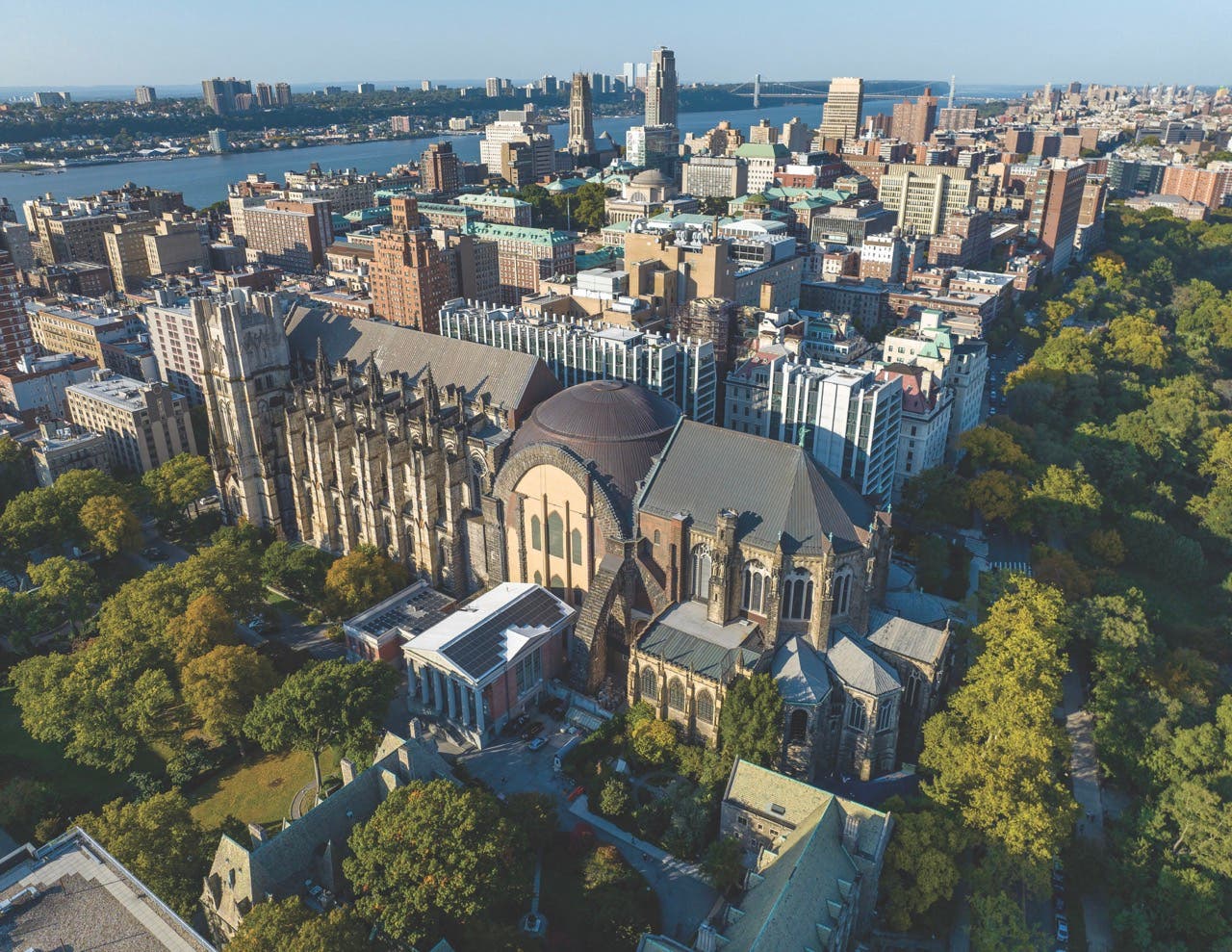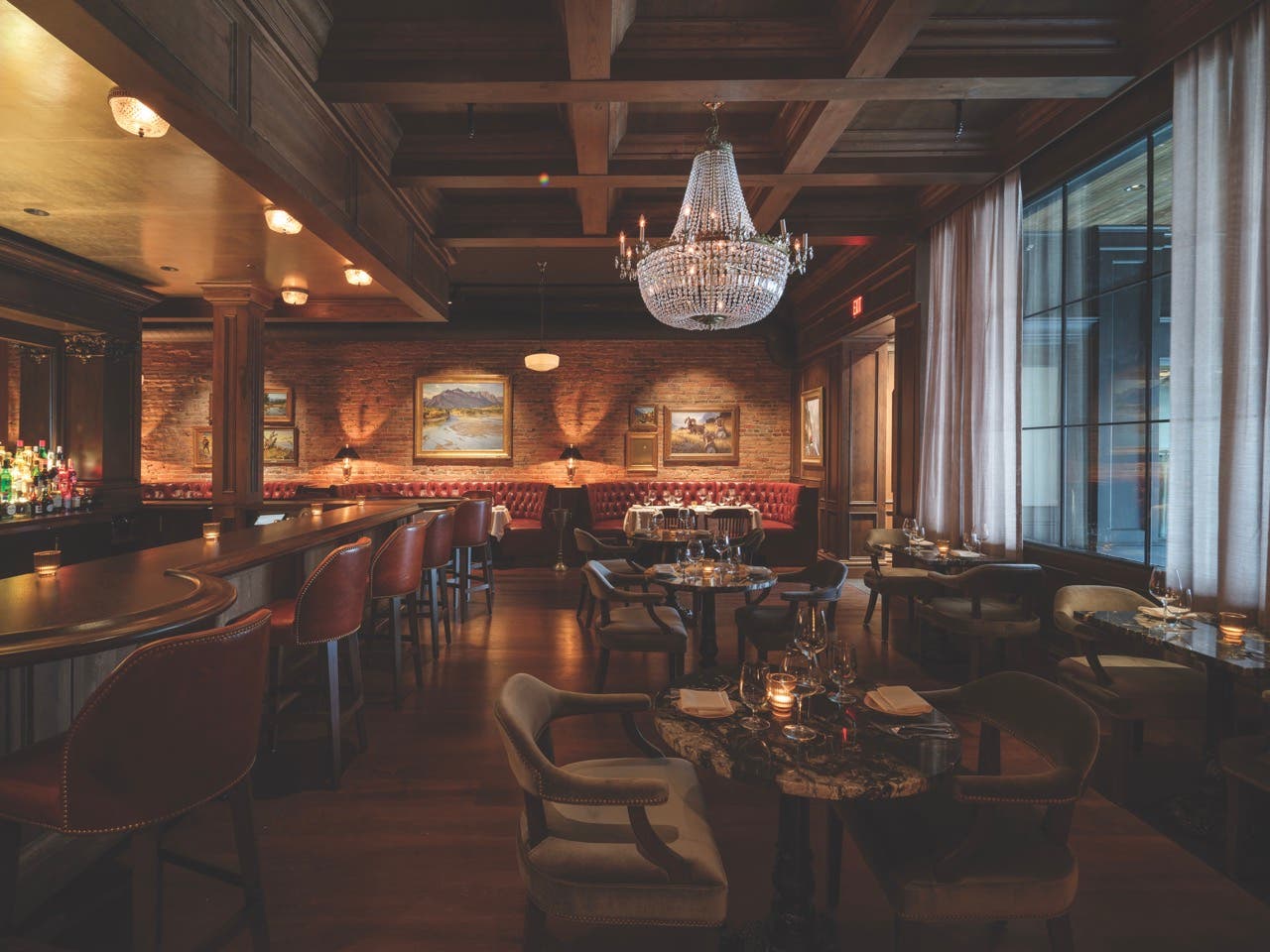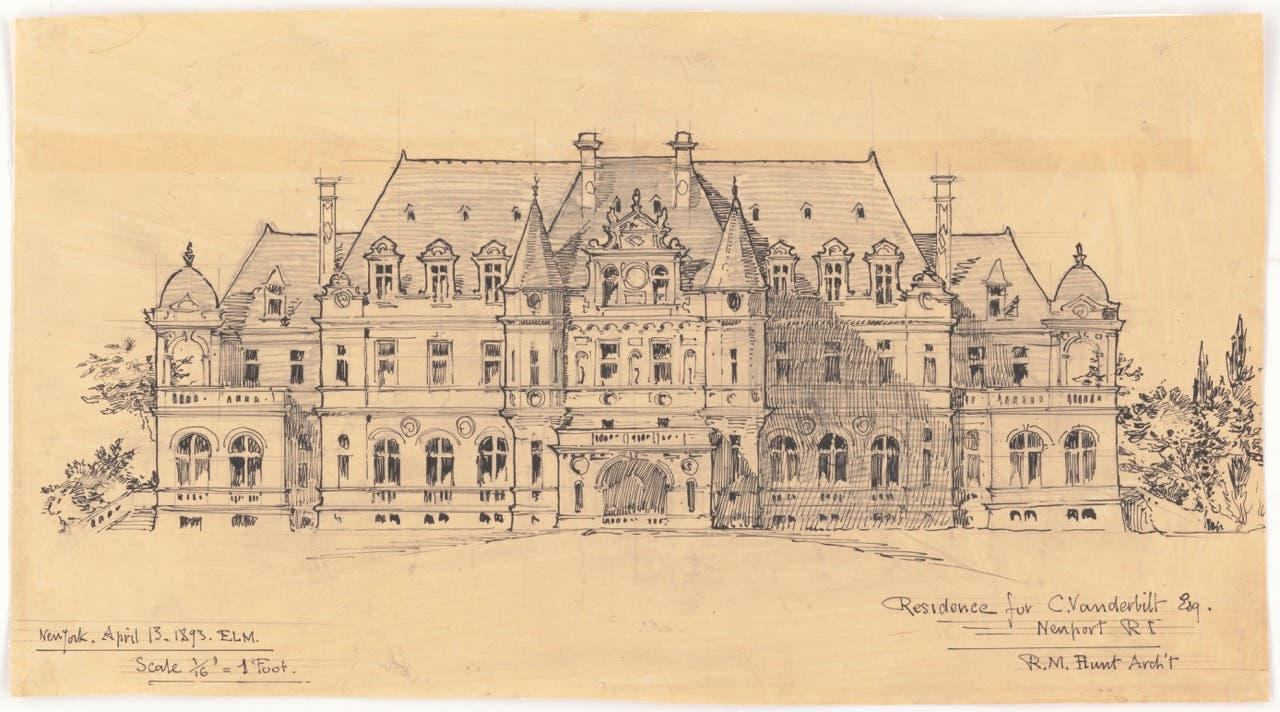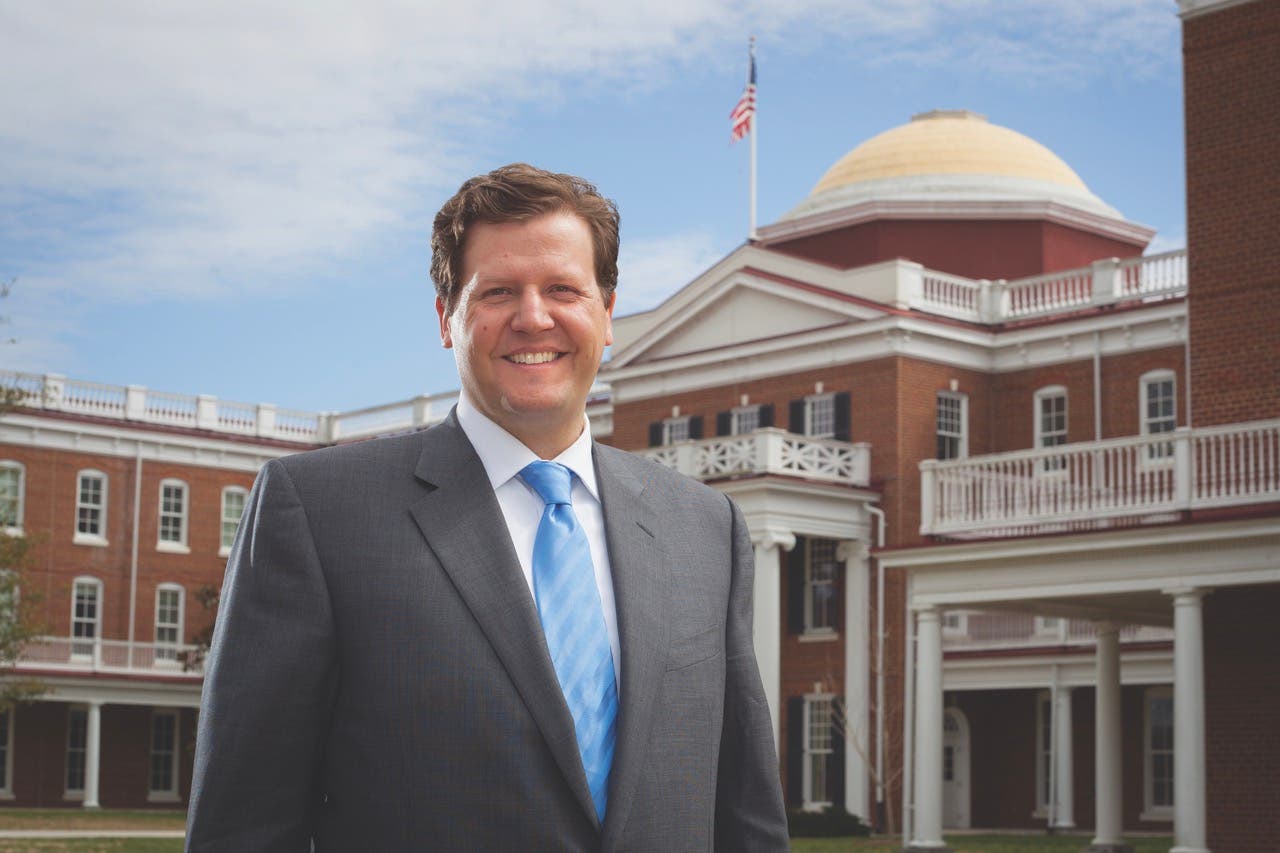
Features
Master Mind
When Taylor Reveley became the 26th president of Virginia’s Longwood University in 2013, he was continuing a longtime family tradition in academia. Today, Reveley, a champion of New Urbanism, is laying new groundwork for the public university, located in historic Farmville, as Longwood’s 2025 Campus Master Plan moves to culmination. Here, president Reveley shares his thoughts on the plan, which has inspired $400 million of new construction in timeless styles, knitting campus and town more closely.
How is the 2025 Master Plan rolling out? Are there any big milestones coming up?
This fall, we are thrilled to be opening one of the plan’s centerpieces, the Joan Perry Brock Center (JPB), a basketball arena and convocation space in the heart of campus. Our men’s and women’s teams both had their March Madness debuts in 2022. A broad team has worked on JPB together, and architect Michael Franck had the visionary eye for the design. An early triumph of the master planning process in 2015, with New York firm Cooper Robertson and architect John Kirk in the lead, was to solve some of the initial riddles of the siting.
On the horizon is another exclamation point from the plan: a new music building and performance space, which David M. Schwarz Architects in Washington is designing. Longwood has one of America’s oldest music programs, taught here since our 1839 founding. This building and JPB both will face Main Street in town, reinforcing that connection. Another point of connection with town is our admissions office, across the street from the top of campus, designed by Glavé & Holmes in Richmond and finished in 2019.
The concept of New Urbanism, the cornerstone of the new campus, has deep meaning for you. What are the basics of New Urbanism and why are you a proponent?
Farmville is America’s first two-college town (with our neighbor Hampden-Sydney College), and so the idea of concentrating vibrancy and activity is natural here.
New Urbanism in some ways is simply elaboration on common sense—it’s good to be able to walk around, meet people, enjoy public spaces and the bustle. I grew up in a great neighborhood in Richmond, the Fan, which sprang up in the early 20th century. Knowing from experience that great neighborhoods, built not that long ago, exist and can work, I’ve been a longtime advocate.
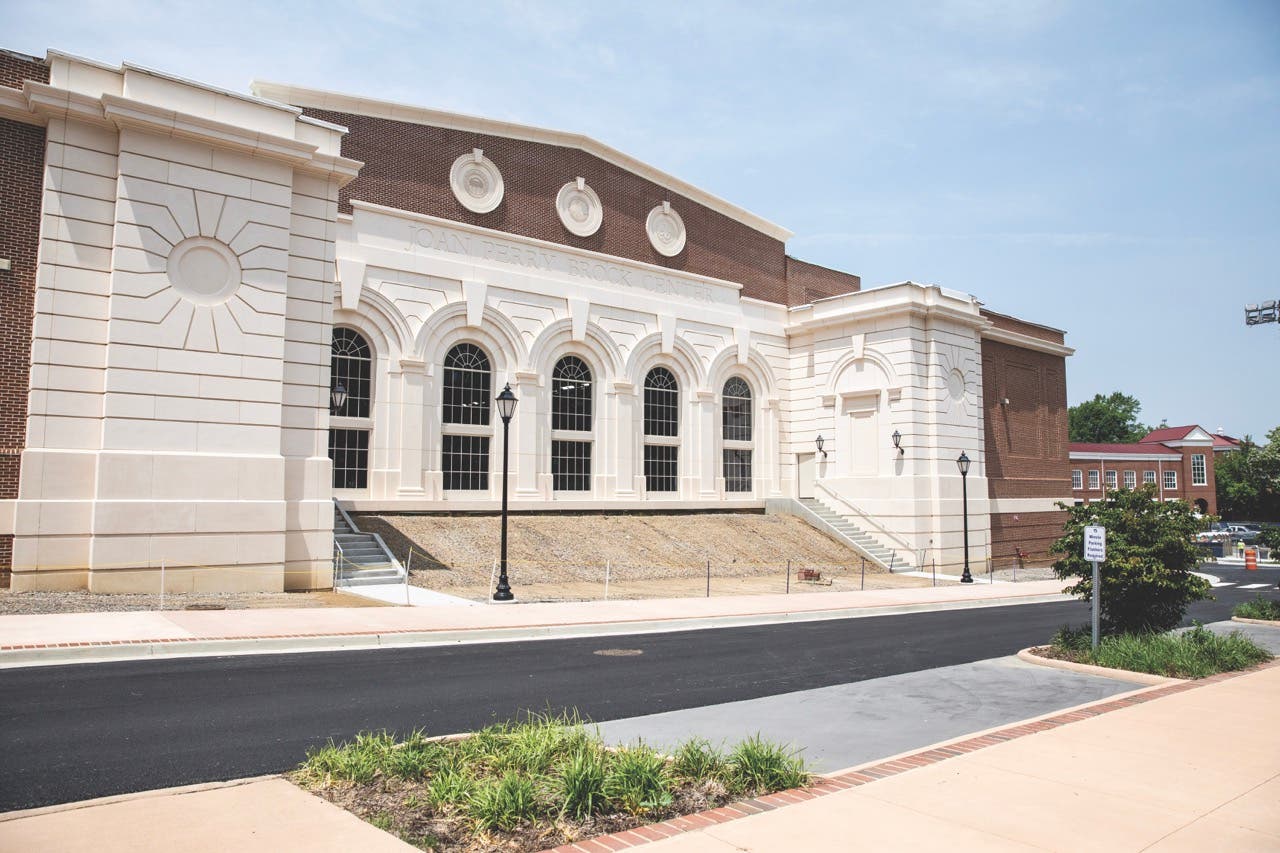
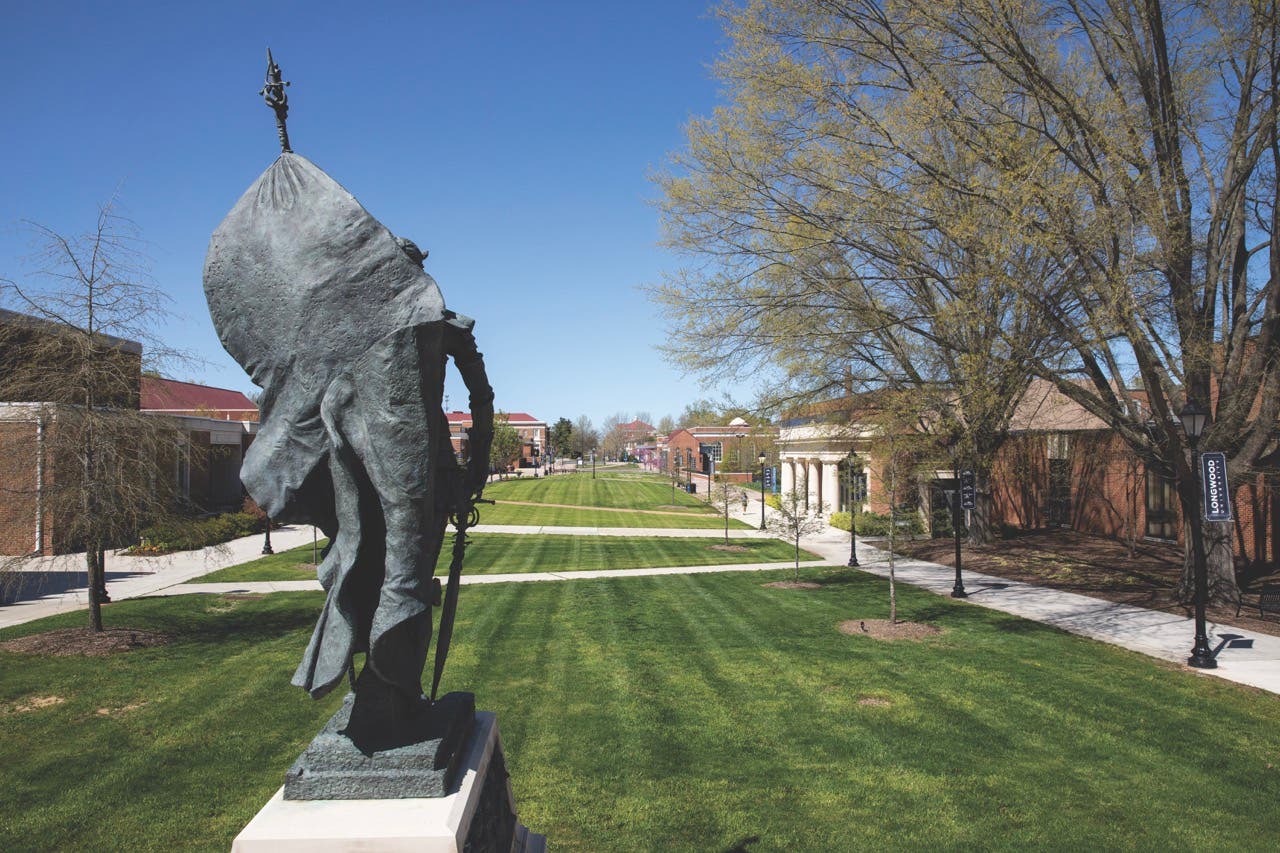

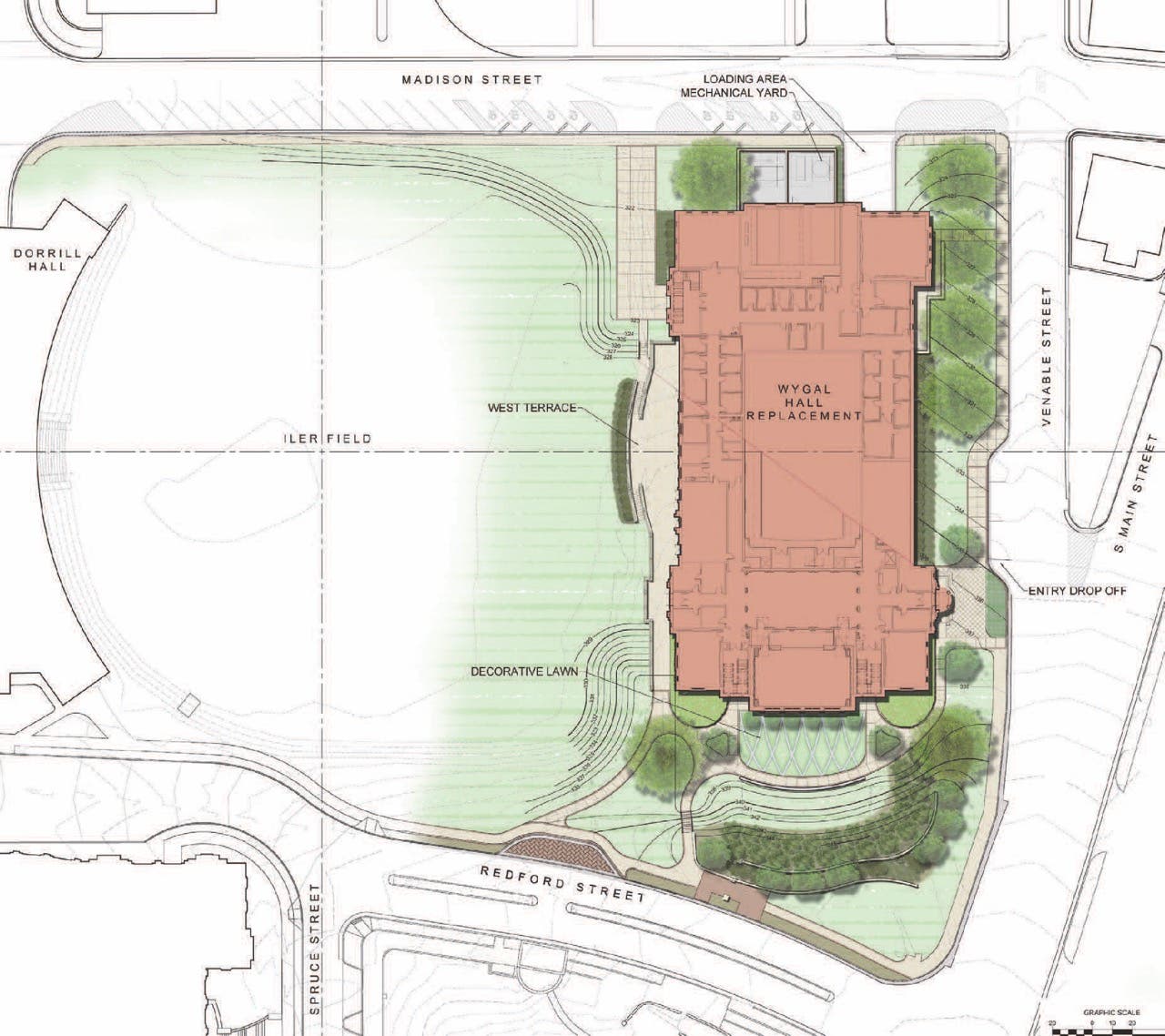
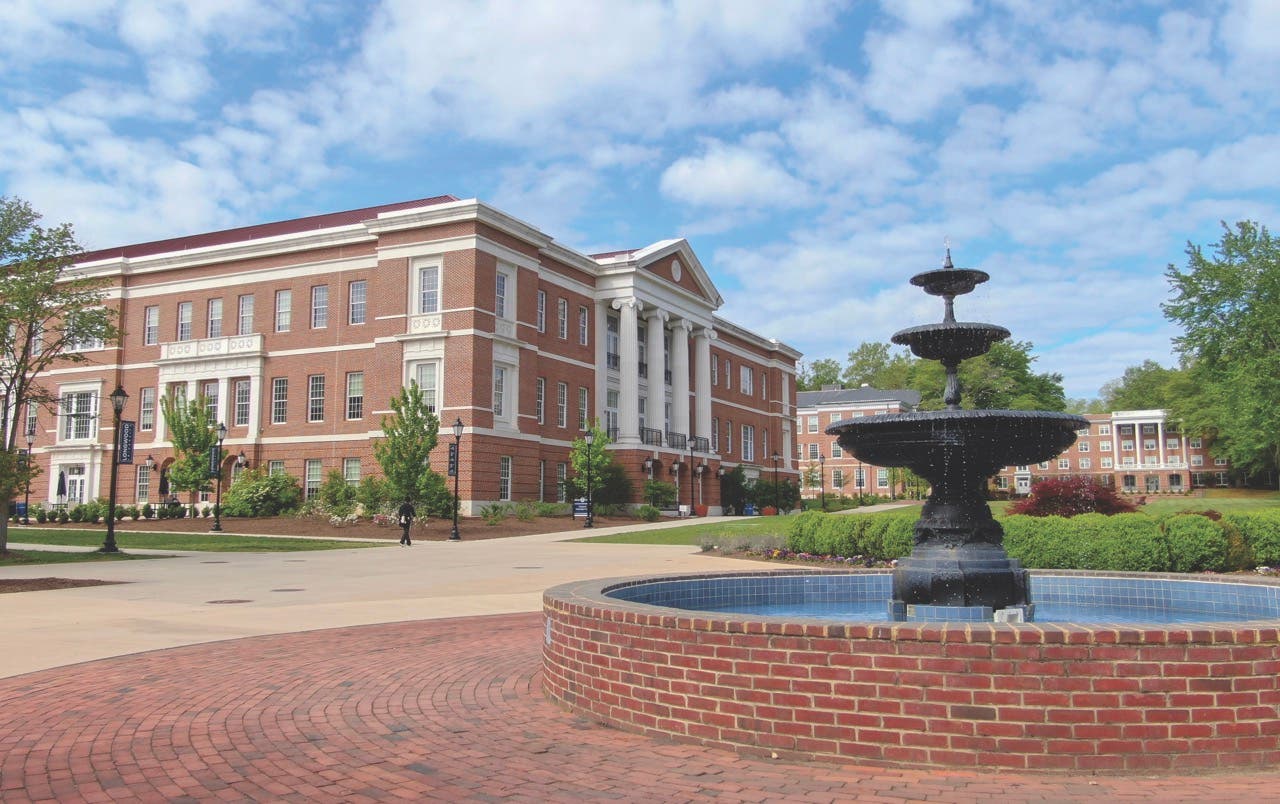

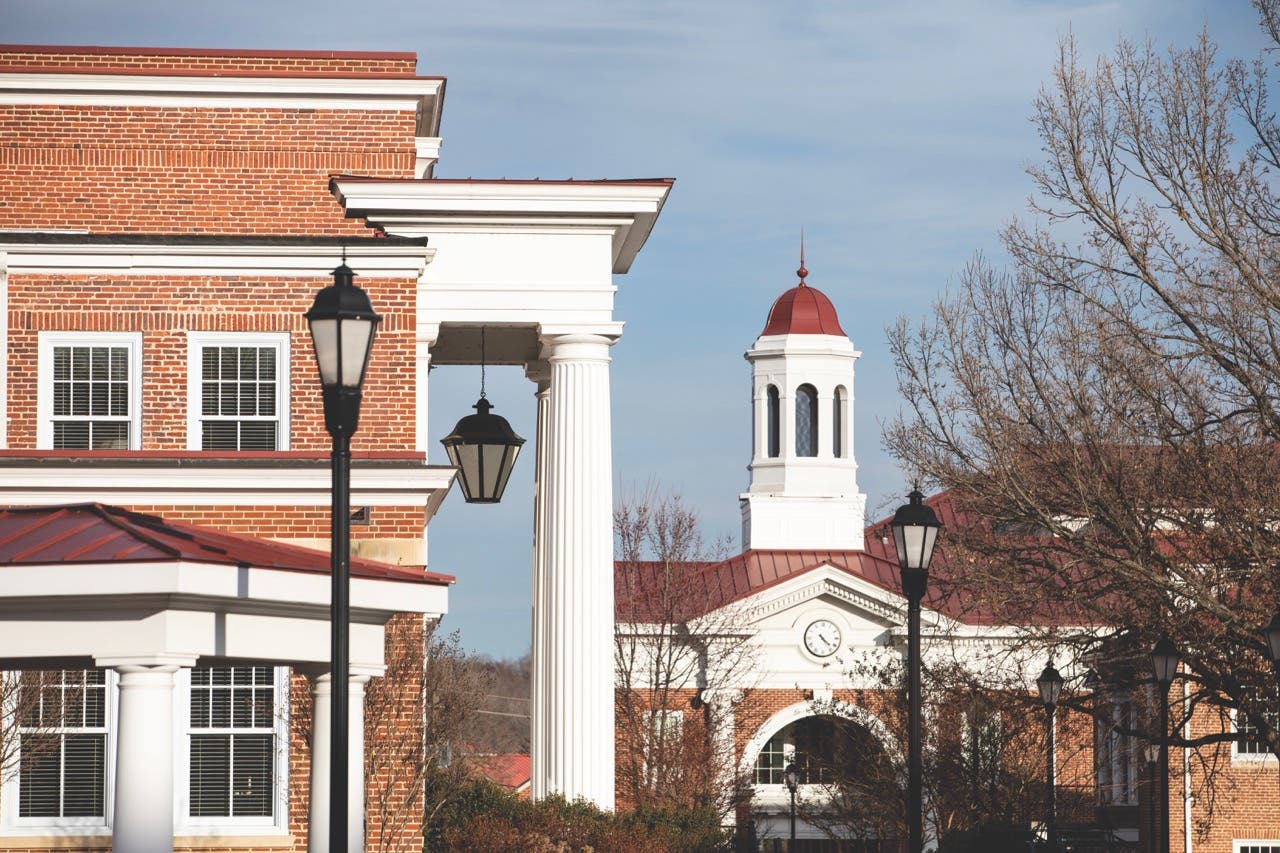
Cooper Robertson, the architectural firm that has led this planning for campus, called it “a great and transformative thing.” The master plan must have involved hundreds of people. How did you start the dialogue?
The prospect of enhancing the great attributes of campus and its connections with town was welcomed widely and easily. John Kirk also has a gift for weaving conversations and making any technical matters straightforward.
You brought students and community members into the planning. Were there any high points (and perhaps low points) to mention?
The official unveiling of the plan in December 2015 really was a great moment. Longwood and Farmville look especially beautiful during the holidays, and spirits were already high because that fall Longwood had been chosen to host the 2016 U.S. Vice Presidential Debate. We did the launch as an exhibit at the university’s fine arts museum, the LCVA. It was a packed house and a joyful night.
What style of architecture is the built construction, and why was it chosen?
Eclecticism in architecture is underrated on campuses, and being too rigid in one style or another can actually undercut the organic harmony of public spaces. There’s a Japanese idea that’s often in my mind: wabi-sabi, or perfect imperfection. Christopher Alexander, author of “A Pattern Language,” is the architectural theorist I’ve found myself most drawn to. He believes that what we build should have vibrancy and life, and that that is where traditional modernism and postmodernism miss the mark, with exceptions.
At Longwood, we’ve put an emphasis on innovation, and it’s been an honor to have some of the best architects in the country leading the way with great new buildings. Our high-rise residence halls, one named for civil rights leader Barbara Johns, are an example of that innovation—they are timeless, but by no means formulaic.
What are the main elements of the grounds and greenery? How do they support the concept of community?
We have a wonderful green space that forms the north-south axis of campus, Brock Commons, along with a great east-west green space axis, too; and the master plan puts emphasis on both. It’s good for the soul on a busy day to see them teeming with activity.
How does the master plan reflect Longwood’s unique democracy-focused Civitae Core Curriculum? (The Civitae Core Curriculum emphasizes communication, critical thinking, and teamwork, and above all, “the common good.”)
I don’t think it’s an accident that America’s best presidents were keenly thoughtful about architecture—George Washington, Thomas Jefferson, Abraham Lincoln, Franklin Roosevelt, Harry Truman. They all put emphasis on creating harmonious, attractive public buildings, not unlike Pericles or Cicero.
Democracy flourishes when people enjoy gathering, and feel a sense of gravitas in the spaces where the business of the people is done. Our students have seen this beautiful campus take new shape during their student days—they know it’s possible to make timeless, vibrant buildings. We hope it will inspire them to do the same when they are in positions of leadership.
What does community mean to you, personally and professionally?
Aristotle said it best: Humans are political animals. We love to be together, but part of the riddle is that it’s not always easy. Unthoughtful, bleak spaces make it even harder, and perhaps are part of the root of what ails us now as a country. Alluring, harmonious spaces draw people together, across differences of background and perspective. Great buildings can become centers of life well lived for generation after generation, and bind generations together. TB


